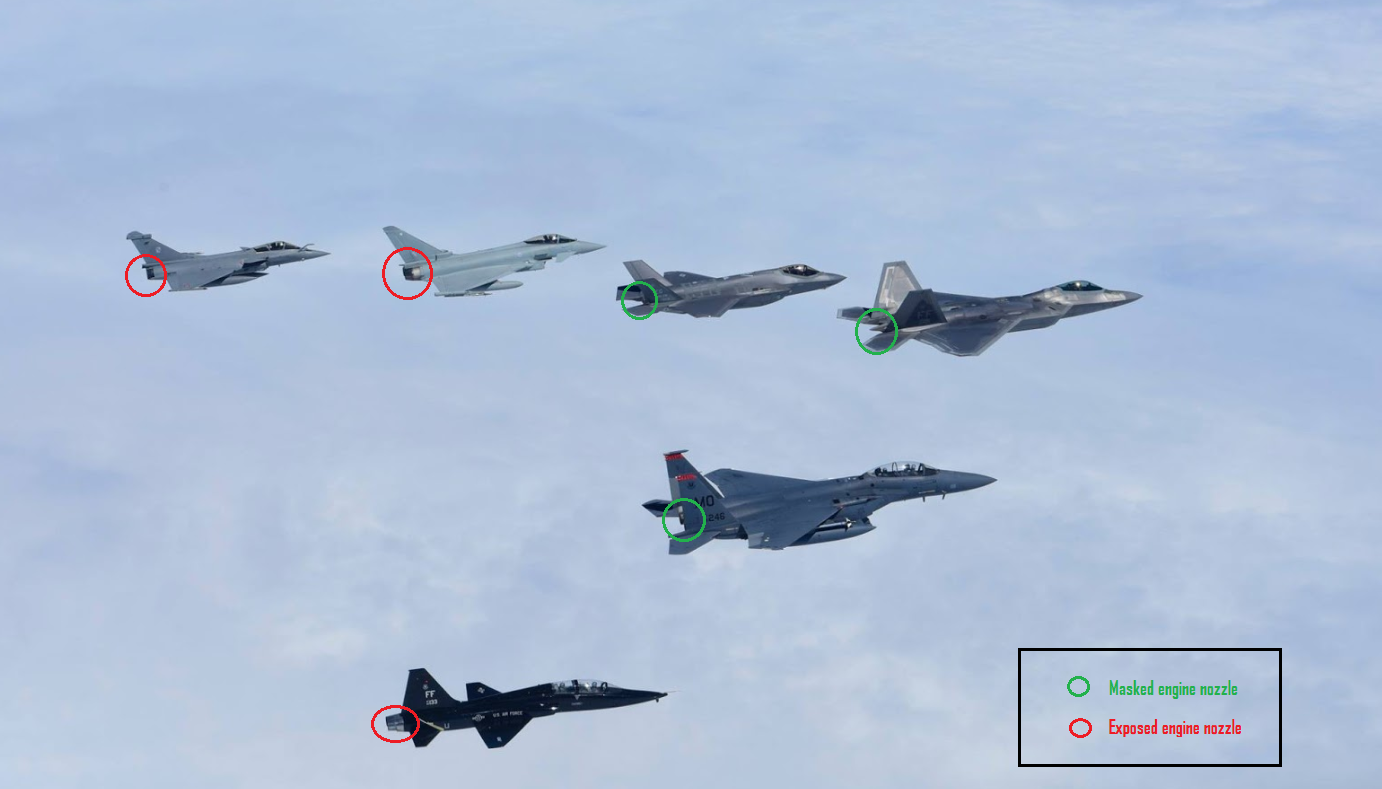do you understand that for an engine in order to increase thrust is you get a higher bypass ratio or you increase temperature?
see and read
Pratt & Whitney confirms that a testbed version of the Lockheed Martin F-35 propulsion system has run sustainably at possibly the highest temperatures ever recorded by a turbofan engine.
Pratt & Whitney confirms that a testbed version of the Lockheed Martin F-35 propulsion system has run sustainably at possibly the highest temperatures ever recorded by a turbofan engine.

www.flightglobal.com
The F-135 is hotter got it?
For jet engine manufacturers, hotter is better. The higher the temperature in the combustion chamber, the more efficient the engine and the less fuel the aircraft consumes. Today’s commercial jet engines can reach temperatures as high as 1,700 degrees Celsius (that’s 3,092 degrees Fahrenheit) because of the highly effective thermal barrier coatings that line the inside of the chamber. Without them, the temperature would be limited to about 1,150 degrees, the point at which heat-resistant nickel superalloys used for jet engines lose their strength as they approach their melting point
For jet engine manufacturers, hotter is better. The higher the temperature in the combustion chamber, the more efficient the engine and the less fuel the aircraft consumes.

engineering.virginia.edu
.
what aircraft do you think has a hotter engine?
View attachment 186554
see the flame even without IRST
View attachment 186555
Obviously you consider jet engines do not need to be hotter to get higher thrust
The 004B-1 produced a thrust of 2,000 lbf (8.90 kN) and ran primarily on diesel fuel. Gasoline was used for the two-stroke starter motor and for starting the turbojet. A combination of gasoline and diesel was used after starting and then to all diesel fuel.6 Deliveries began in June 1943, but turbine failures were encountered due to resonance vibrations at full speed. The problem was solved by increasing the natural frequency of the blade, (increasing the blade taper) and reducing the speed from 9,000 rpm to 8,700 rpm. Full production was not achieved until early 1944, which delayed the introduction of the Messerschmitt Me 262.
The model 004E was the first turbojet equipped with an afterburner. Extra fuel was injected just before the turbine stator vanes and the exhaust temperature increased to 1,600° F (870° C) and thrust increased from 2,200 lbf (9.80 kN) to 2,640 lbf (11.75 kN). It was scheduled to go into production in 1945
Easy hotter more visible to an IRST












